On October 29, 2018, Lion Air Flight 610 crashed into the Java Sea, killing all 189 onboard. In light of Indonesia’s poor aviation safety record, which includes a 11-year operating ban in the European Union, this tragedy would not have been particularly surprising had the aircraft involved not been a brand-new Boeing 737 MAX, the latest version of the world’s most popular commercial aircraft at the time. These fatalities shocked the world, coming just more than a year after the model first entered commercial service. Preliminary investigations focused on a failure with the plane’s anti-stalling system, the Maneuvering Characteristics Augmentation System (MCAS), and the US Federal Aviation Administration (FAA) soon issued an emergency directive warning to flight crews about the proper procedures that would allow them to address similar issues.
An even greater shock came less than five months later. On March 10, 2019, another brand-new Boeing 737 MAX, operated by Ethiopian Airlines as Flight 302, plunged into the ground outside Addis Ababa, killing all onboard. Unlike Lion Air, which has been criticized for its lax stance on safety, Ethiopian Airlines has maintained a good safety record throughout its history, adding to the scrutiny of the aircraft involved. In the aftermath of this second disaster, public confidence in the 737 MAX all but vanished, particularly after preliminary speed data was released, showing similarities to the Lion Air crash. As a result, airlines and countries around the world took the rare step of grounding the 737 MAX.
In a first for a traditionally Western-dominated industry, China led the world in implementing a country-wide ban, grounding all 737 MAX aircraft within 24 hours of the crash. Other countries and agencies followed, with the European Union suspending flights just one day later across its member nations. Notably, the last country to follow through was the United States, where the FAA remained defiant and insisted on the US-made jet’s airworthiness until a full day after the European decision. The speed at which these decisions were implemented was unprecedented, and the loss of 346 lives onboard the two next-generation Boeing jets is grave. The consequences of United States’ conduct, including both Boeing and the FAA, will erode the United States’ dominant role in the market for commercial aircraft, while also opening the industry to emerging competitors.
The Rise of American Aviation
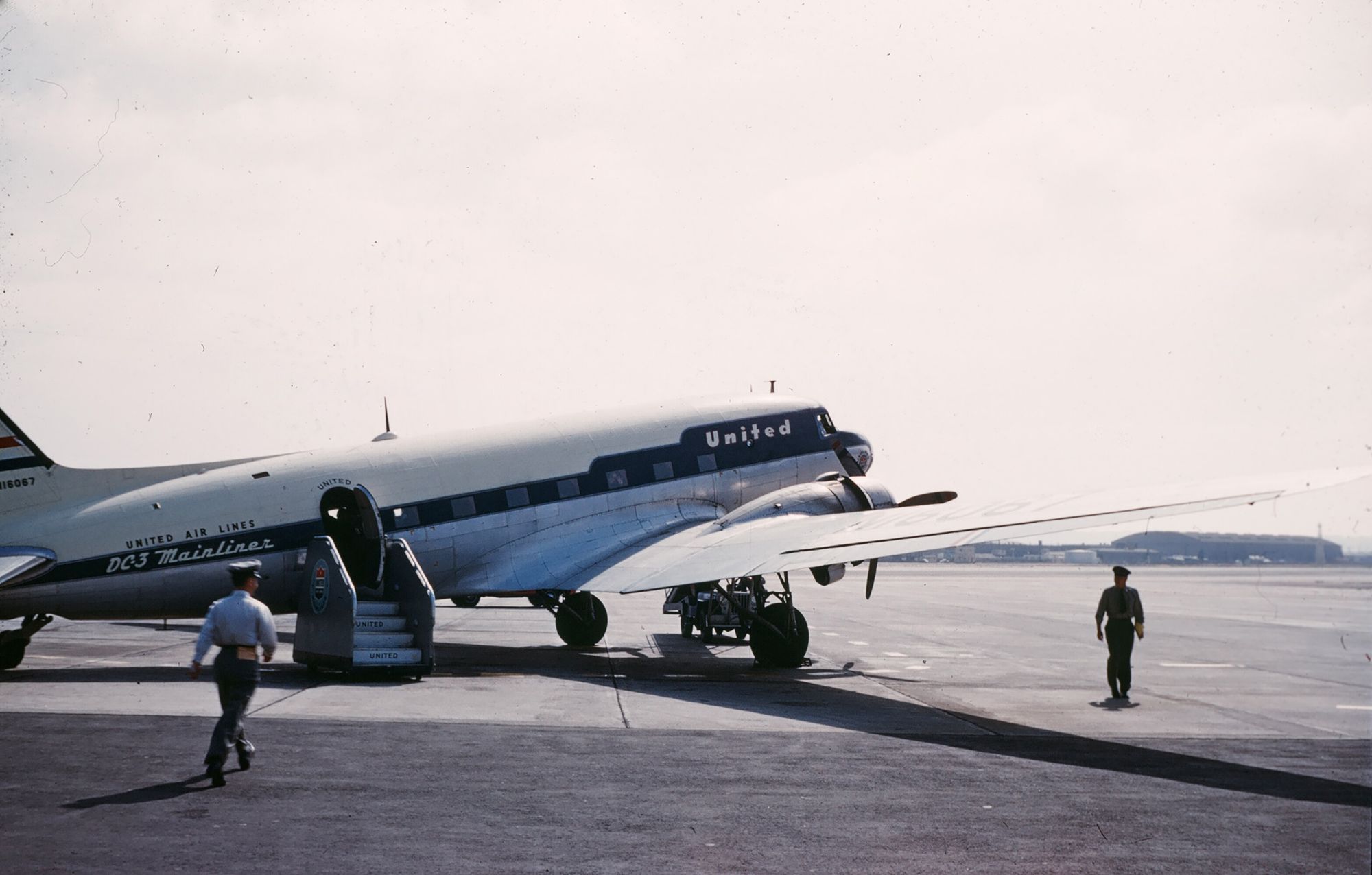
As the aviation industry grew and became more sophisticated in the 1920s and 1930s, the role of American firms on the global market increased significantly. For example, the United States pioneered the use of all-metal aircraft, such as the Boeing 247 and the very popular Douglas DC-3, which greatly improved safety and found customers around the world. This early commercial success was interrupted by the significant military needs of World War II, although all-metal aircraft proved useful as military transports.
The end of the war coincided with the beginning of the jet age. In 1949, the world’s first commercial jet, the de Havilland Comet, took its maiden flight in the United Kingdom, which had a robust commercial aviation industry prior to the war. However, the Comet’s design had multiple fatal flaws, and early on, the model experienced several high-profile crashes that irreparably damaged not only its reputation, but also the reputation of the British aviation industry as a whole. This also coincided with the postwar geopolitical realignment in which the United States became a dominant world power, allowing it to exercise great influence over the West, particularly economic matters like the purchase of high-value commercial aircraft.
In response to the Comet’s devastating crashes, and still with a desire for the great speed associated with jet aircraft, most airlines in the Western sphere of influence naturally gravitated toward the American-built Boeing 707 and Douglas DC-8 aircraft. These were essentially the only jet products offered by the West: the Soviet Union had developed the Tu-104 jet, which was off-limits to due the realities of the Cold War, while economic pressures forced a Canadian firm to end the development of its Avro C102. However, the American role in aviation was not only built upon a lack of alternatives: only several years after the 707 took flight, Boeing revealed the 747, which not only revolutionized air travel with its high seating capacity but also remained an icon of economic prosperity for decades.
Over time, business mergers and other financial realities led Boeing to become the lone American player on the global market. However, the American dominance from the early days of the jet age has faded away as other firms from various Western and Western-aligned regions of the world emerged—particularly Europe’s Airbus, Canada’s Bombardier, and Brazil’s Embraer. Today, the American role in the market is at a crossroads. Recently, Boeing has experienced significant problems with quality control, while China and Russia have begun to invest heavily in their own alternatives through state-owned firms with high hopes for at least some foreign success. In light of the historical and recent developments, the 737 MAX disasters represent not only heavy economic losses for Boeing, but also the latest erosion of American influence on the global stage.
A New Design (from the 1960s)
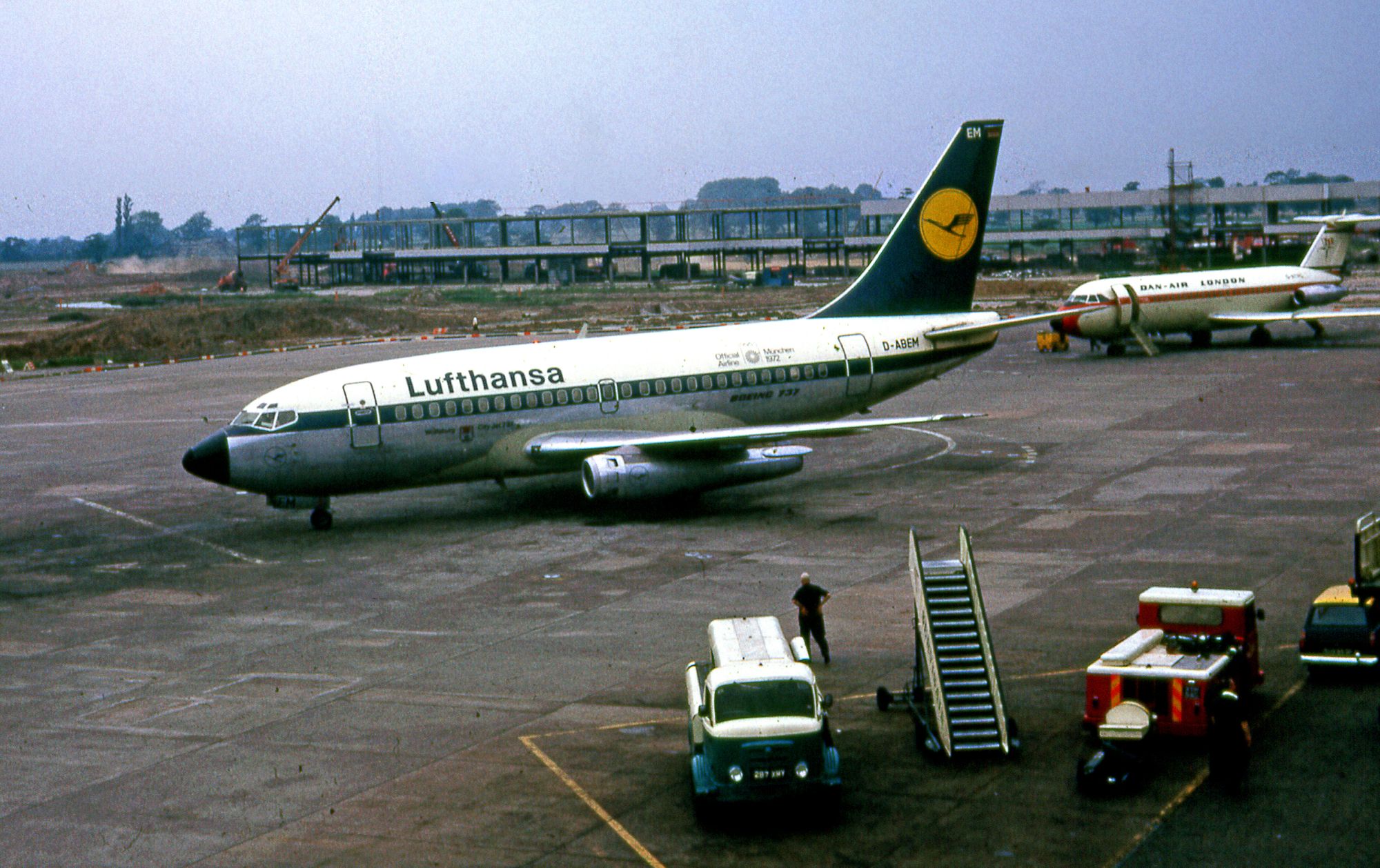
As a modern aircraft with state-of-the-art technology, the Boeing 737 MAX stands in stark contrast with the seemingly primitive designs of the early and mid-20th century. However, Boeing’s problems actually stem from modifications to a design that dates back almost 60 years. The first model of the Boeing 737 was developed in the mid-1960s, when wide-spread jet travel was still in its infancy and airport infrastructure was lacking, with limited mechanized equipment for essential services such as catering and luggage handling. Since food and baggage were loaded by hand, aircraft that were closer to the ground were easier for airports to handle. Meanwhile, the launch airline Lufthansa envisioned the 737 as a short-haul plane, which required a set of built-in folding stairs to maximize efficiency. These preferences for a lower height were integrated into Boeing’s 737 and actually proved critical for its success.
However, as the 737 rapidly gained popularity, particularly after the deregulation of US airlines in 1978, this early accommodation proved problematic. Airlines demanded jets that could seat more people, creating a need for larger and more powerful engines. Since the aircraft was still close to the ground, the larger engines had to be positioned differently on the wing, affecting the plane’s flying behavior. These changes were generally minor, particularly because any significant deviation from the existing design would have required costly training protocols for both pilots and airlines. Accordingly, as the 737 evolved, the FAA simply reviewed and approved these changes rather than approaching new variations with a holistic view; so long as the new design was linked to the original 1967 design on paper, Boeing was able to avoid lengthy scrutiny. This approval process was also economically attractive for airlines since they only needed to provide a brief online course on how to fly the plane, rather than having their pilots go through the expensive and time-consuming flight simulator training that is required for all new aircraft models. Over the decades, these types of modifications attracted limited attention and allowed the 737 family to gain a reputation as the world’s most popular plane series until it was surpassed by the A320 in the wake of the two MAX crashes.
Nonetheless, this seemingly relaxed system of regulation was not the most significant contributor to the fatal design flaws found in the 737 MAX. Instead, the FAA—the American agency tasked with providing a “safe and efficient” use of domestic airspace—delegated much of the safety certification work to Boeing under Congressional approval. The rationale was that private-sector work would allow the agency to “leverage its limited resources.” A recent phenomenon, this practice has proven devastating to the global reputation of Boeing and the American aviation industry at large. In particular, although the FAA’s airworthiness approval has not lost its value because of the geopolitical influence of the United States, the value of the Boeing name, and by extension, perhaps the rest of the American aviation sector, has drastically declined.
The European Moment and Other Challengers
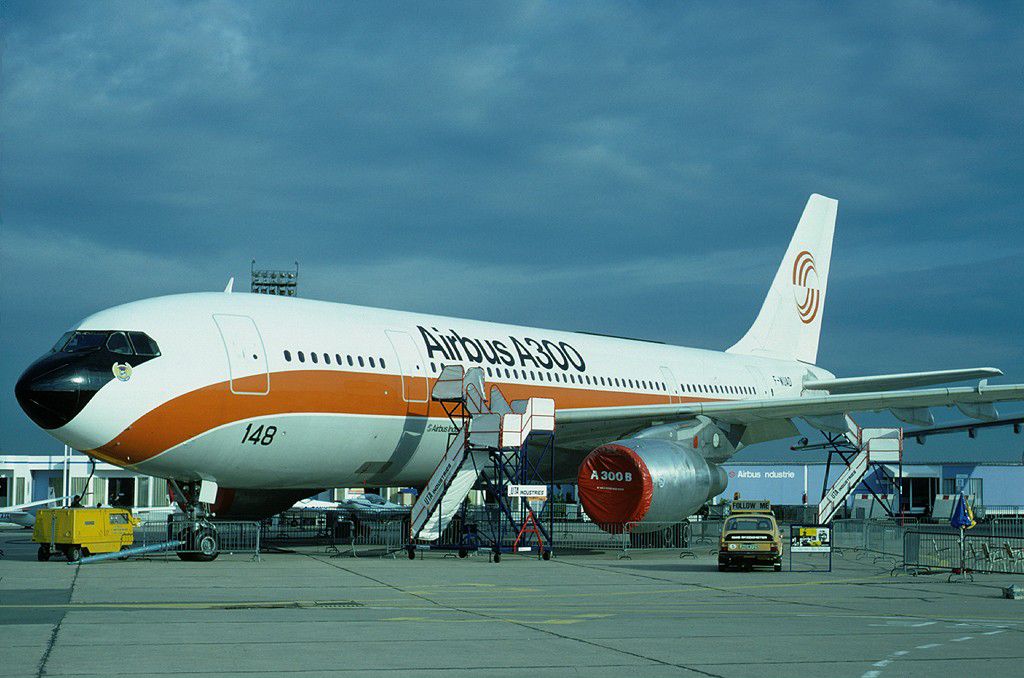
In 1969, just a few years after the first Boeing 737 was put into service, several European countries joined to create Airbus Industrie, which quickly devoted its resources to the design of the Airbus A300. This two-engine wide-body aircraft came in an era where three-engine airliners dominated the long-haul market, such as the Lockheed L-1011 and the Douglas DC-10, both of which were American-made. Like the 737, the A300’s new design initially found a limited reception, but airlines were eventually attracted by the economical two-person cockpit and the safer hydraulic controls. After US-based Eastern Air Lines placed an order for the A300 in 1978, the aircraft found its footing on the global market. The ensuing popularity of the homegrown Airbus A300, and later the narrow-body A320 series, not only challenged the post-WWII American hegemony on the commercial aircraft market but also convinced initially skeptical European governments to allocate more funding and subsidies for Airbus, all but guaranteeing its continued success.
Other countries around the world are also starting to catch up technologically, and some have made significant inroads toward their own aircraft programs with varying degrees of success. For instance, Canada’s Bombardier, known for its Canadair Regional Jet (CRJ) and recently the CSeries aircraft, was quite successful in the 1990s and 2000s, although it focused on producing smaller, short-haul aircraft. In recent years, it has experienced significant cost overruns with the CSeries program, causing the Quebecoise government to be increasingly hesitant about the size of subsidies and bailouts. This has caused financial difficulties at Bombardier, which has now sold the CRJ to Mitsubishi of Japan and the CSeries to Airbus—where it is now being rebranded as the A220. Meanwhile, the other significant player in the jet market, Embraer of Brazil, has entered a Boeing-controlled joint venture partnership and is no longer independent from US influence. Since these alternatives have proven financially impractical with existing levels of government subsidies, it is clear that the ongoing Airbus-Boeing duopoly cannot be broken without even greater levels of government intervention.
Authoritarian Alternatives
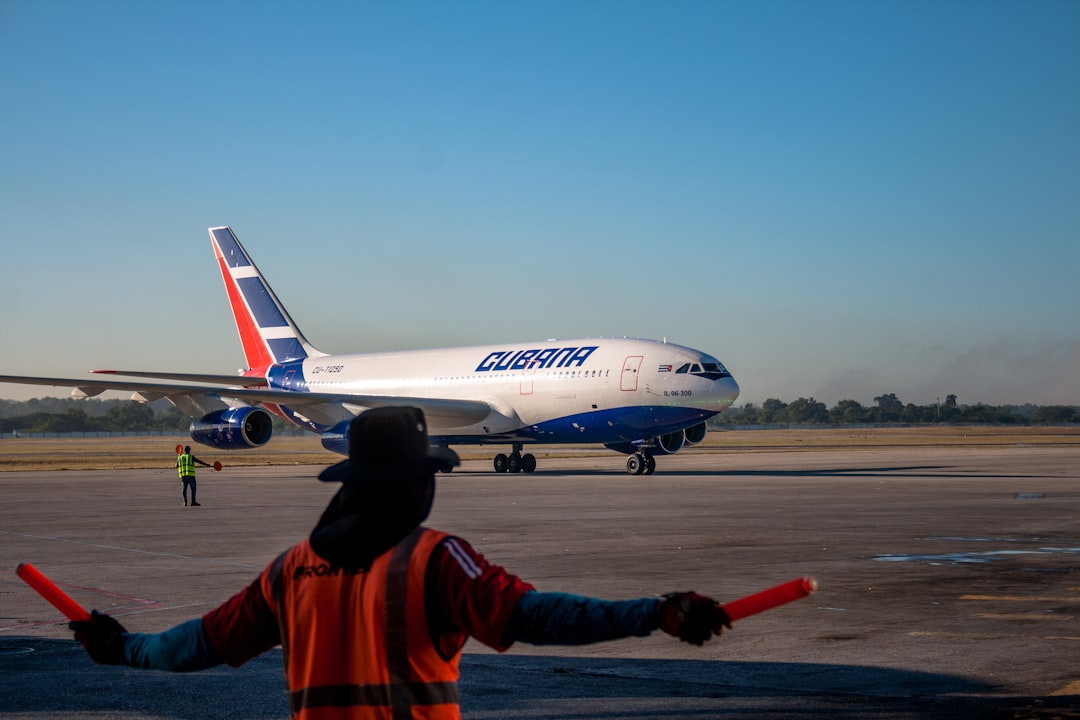
As Europe continues its rise in the international aviation market, alternatives have emerged in Russia and China, both of which have invested significantly in the development of domestic commercial aircraft manufacturing. As with the Airbus A300, which paved the way for the European consortium to become the world’s largest aircraft manufacturer, these traditional US rivals have high hopes for entering the global mainstream. Although non-Western aircraft have traditionally been perceived as inferior, creating a significant barrier to global economic success, both the Russian and Chinese governments have demonstrated a desire to substantially fund and subsidize their aircraft manufacturers to the point of outright state ownership. In addition, Russia has gathered significant experience in building aircraft throughout the Cold War, and although the passenger safety record is lackluster, several models have proven enormously popular on the world stage such as the Antonov 124 designed and built in modern-day Ukraine.
Somewhat surprisingly, these Russian and Chinese investments have only come to limited fruition outside their home countries, despite the significant funding streams and the low purchase cost compared to Western aircraft. For example, Russia’s Sukhoi Superjet 100 has been in service with Mexican low-cost carrier Interjet, which has even used the aircraft on flights serving the United States, although the airline is returning the planes due to a lack of spare parts. Meanwhile, although China’s COMAC ARJ21 and C919 aircraft have received interest from Ghana and perhaps other countries in China’s Belt and Road Initiative, the only confirmed orders thus far are from Chinese state-owned airlines. At the same time, there have been severe setbacks such as a recent deadly crash of a Superjet 100 at a Moscow airport as well as the lack of European or American approval for the Chinese projects.
These programs have also experienced other underlying issues, such as a critical supply chain issue for the Sukhoi Superjet, which make the aircraft much less desirable. For example, such technical problems may prevent an airline from being able to operate the aircraft according to its operational needs, which can prove much more costly than the one-time cost of buying a more expensive Western-made aircraft. However, these problems are not insurmountable given time, and even Boeing’s 787 Dreamliner suffered issues early on. Moreover, China and Russia also have plans to work together on a widebody jet, the CR929, set to enter service later this decade even after delays, and unlike their current regional aircraft, the CR929 is designed for long-haul, international routes. Even though there is the possibility that neither the FAA nor the EASA will certify the CR929, the aircraft could still be used to directly connect China and Russia with countries in their expanding sphere of influence.
An Uncertain Future for Aircraft Diplomacy
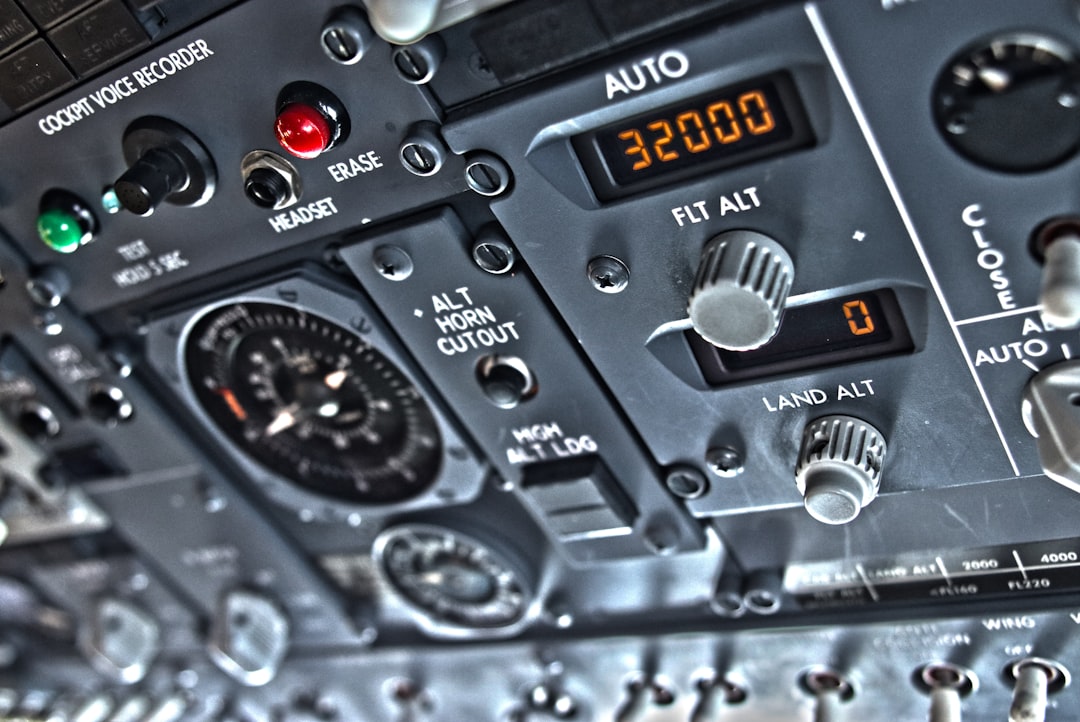
While the commercial intentions may seem benign, the geopolitical consequences are serious. A Russian or Chinese aircraft would be formidable on the world stage because the two governments have the financial capability—and do not need political will—to heavily subsidize their domestic manufacturers, perhaps to the point of outspending Boeing and Airbus on research and development. More significantly, a successful non-Western aircraft would increase the appeal for many developing countries to join their spheres of influence. This is particularly true given the fact that commercial aviation is seen almost universally as a concrete symbol of progress and economic prosperity, and the inexpensive prices that non-Western manufacturers have traditionally offered would allow countries to rapidly build up local airline industries. This is not simply a theory: in September 2019, China allegedly offered subsidized aircraft to Kiribati in return for the island nation dropping its existing diplomatic recognition of Taiwan. Additionally, various countries have occasionally used high-value purchases of Western aircraft as goodwill gestures to aid diplomatic efforts, meaning that aviation autonomy in Russia and China could even mean the worsening of economic relations with the West.
With so much effort already spent toward disrupting the Airbus-Boeing duopoly, Russia and China have caught a break. The 737 MAX crashes have severely damaged Boeing’s reputation around the world, and airlines have cancelled orders—to the extent that Boeing has reported net negative orders in 2019. This adds to the skepticism already held by leaders and citizens in countries that have traditionally shunned the Western-led world order and redirects their attention to the less expensive—and perhaps more politically prudent—alternatives from Russia and China. Perhaps more significantly, the very poor reputation of the 737 MAX thus far has virtually put it on the same level as many Soviet-era commercial aircraft since both are perceived by the public as dangerous and inferior to alternatives available on the market. This allows Russia and China to make broad inroads; their aircraft are now considered to be no worse than the 737 MAX from a passenger safety perspective, even though they may lack some of the most modern technologies. In this sense, a sizable window of opportunity has opened. As Boeing’s market share suffers, it is not necessarily just Airbus that fills in the gap, but rather non-Western manufacturers with their emerging products.
Thus, the 737 MAX crashes and the consequent loss of public confidence in Boeing are only the latest additions to the virtual collapse of the American-led status quo on the global aviation market. While the European rise in aviation is not surprising, and perhaps even inevitable in the long-term vision of European post-WWII recovery, the Russian and Chinese rise is quite troubling. While more aircraft options may be beneficial for the industry as a whole, the reality is that the design and certification of these new models will have limited transparency—much like the governments that oversee them, perhaps making them less safe than Western-built aircraft. Moreover, should Chinese and Russian aircraft become alternative global standards of aviation, the West, and particularly the United States, will have lost yet another tool of foreign policy, which only adds to the gradual erosion of the existing world order. To prevent this, it is imperative that the FAA and Boeing implement stricter regulations for the 737 MAX and future aircraft, both to make flying safer and to win back the hearts and minds of those around the world who have been disillusioned by the failures of two brand-new American jets.




